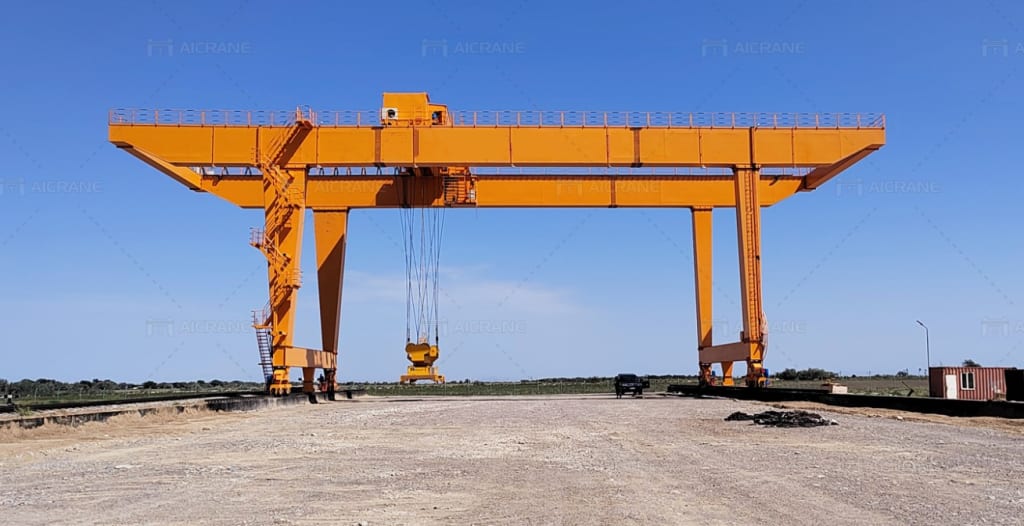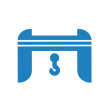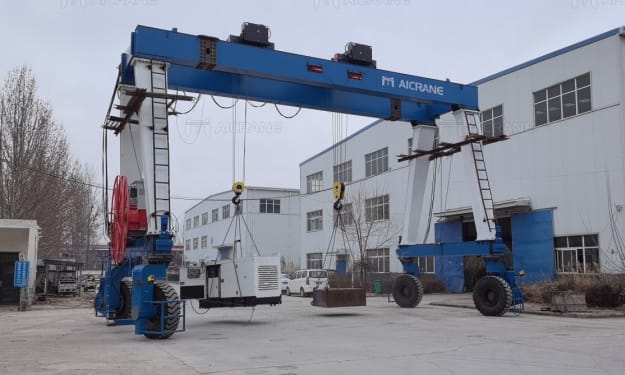An In-Depth Look at Rail Mounted Gantry Crane Prices
capacity and specifications, technology and features, manufacturing and material costs, installation and maintenance, and market conditions

Rail mounted gantry cranes (RMG cranes) are critical assets in the logistics and industrial sectors. These cranes are designed for high efficiency in handling containers and heavy loads in rail yards, ports, and large storage areas. Given their vital role, understanding the factors influencing the price of RMG cranes is essential for businesses planning to invest in this equipment. Here, we will explore the price of rail mounted gantry cranes through five key aspects: capacity and specifications, technology and features, manufacturing and material costs, installation and maintenance, and market conditions.
1. Capacity and Specifications
The foremost determinant of an RMG crane's price is its capacity and specifications. These cranes come in various sizes and lifting capacities, tailored to meet specific operational needs. The lifting capacity, span (distance between the rails), lifting height, and the length of the crane's runway all significantly impact the cost.
Lifting Capacity: RMG cranes can lift loads ranging from a few tons to several hundred tons. Higher lifting capacities require more robust construction, larger motors, and more advanced control systems, leading to increased costs.
Span and Runway Length: The span of the crane, which is the distance between the rails, and the runway length directly affect the structural dimensions and material requirements. Larger spans and longer runways mean more materials and a more complex design, which raises the price.
Lifting Height: The required lifting height influences the crane's vertical structure and the power needed to lift heavy loads to greater heights. Taller cranes with higher lifting capabilities are generally more expensive.
2. Technology and Features
The integration of advanced technology and additional features is another significant factor affecting the rail mounted gantry crane price. Modern cranes often come equipped with sophisticated control systems, automation, safety features, and data analytics capabilities.
Automation and Control Systems: RMG cranes with advanced automation, such as remote operation capabilities and automated stacking and retrieval systems, command higher prices. These technologies improve efficiency and reduce labor costs, justifying the higher initial investment.
Safety Features: Enhanced safety features, including anti-collision systems, load monitoring, and emergency stop mechanisms, add to the crane's cost. These features are crucial for preventing accidents and ensuring safe operations.
Data Analytics and Monitoring: Some modern RMG cranes come equipped with sensors and software for real-time data monitoring and analytics. These systems help in predictive maintenance and operational optimization but also increase the overall price.
3. Manufacturing and Material Costs
The cost of materials and the manufacturing process significantly influence the price of RMG cranes. These cranes are constructed from high-grade steel and other durable materials to ensure longevity and reliability under heavy loads.
Material Quality: The quality and grade of steel and other materials used in the crane's construction are major cost drivers. Higher-grade materials that offer better durability and resistance to environmental factors cost more.
Manufacturing Process: The complexity of the manufacturing process, including the precision required in machining and assembling various components, also impacts the price. Advanced manufacturing techniques, such as robotic welding and precision machining, increase production costs.
Customization: Custom-built RMG cranes tailored to specific operational requirements involve additional engineering and design efforts, which contribute to higher prices compared to standard models.
4. Installation and Maintenance Cost
The costs associated with installing and maintaining an RMG crane are critical considerations that affect the overall investment. Proper installation ensures safe and efficient operation, while regular maintenance is essential for longevity and performance.
Installation: The installation process involves site preparation, foundation work, assembly, and commissioning. Factors such as site accessibility, ground conditions, and the complexity of the assembly influence the installation cost.
Maintenance: Regular maintenance is crucial for keeping the crane in optimal condition and preventing costly breakdowns. The cost of maintenance depends on the frequency of inspections, the availability of spare parts, and the ease of servicing the crane.
Operational Downtime: Downtime during installation and maintenance can also add to the overall cost, especially in busy operations where any interruption can lead to significant financial losses.
5. Market Conditions
Market conditions and economic factors play a vital role in determining the price of RMG cranes. These external factors can cause fluctuations in prices and affect the availability of materials and components.
Demand and Supply: The demand for RMG cranes in various industries, such as logistics, construction, and manufacturing, affects their price. High demand can drive up prices, while oversupply can lead to discounts and competitive pricing.
Economic Conditions: The overall economic environment, including inflation rates, currency exchange rates, and economic policies, can impact the cost of raw materials and manufacturing, subsequently influencing crane prices.
Global Trade Policies: Trade policies, tariffs, and import/export regulations can affect the cost of acquiring materials and components from international suppliers, thereby impacting the final price of the crane.
Conclusion
Investing in a rail mounted gantry crane involves a thorough analysis of various factors that influence its price. Understanding the interplay of capacity and specifications, technology and features, manufacturing and material costs, installation and maintenance, and market conditions can help businesses make informed decisions. While the initial cost of an RMG crane might be substantial, the benefits of improved efficiency, safety, and operational capabilities often justify the investment, leading to long-term gains and operational excellence.
About the Creator
Aicrane
Heavy lifting equipment supplier - overhead cranes, gantry cranes, winches, hoists, etc.
Website: https://steelmillcranes.com/
Enjoyed the story? Support the Creator.
Subscribe for free to receive all their stories in your feed. You could also pledge your support or give them a one-off tip, letting them know you appreciate their work.






Comments
There are no comments for this story
Be the first to respond and start the conversation.